Thriving through change: How HR leaders can build a future-ready workforce
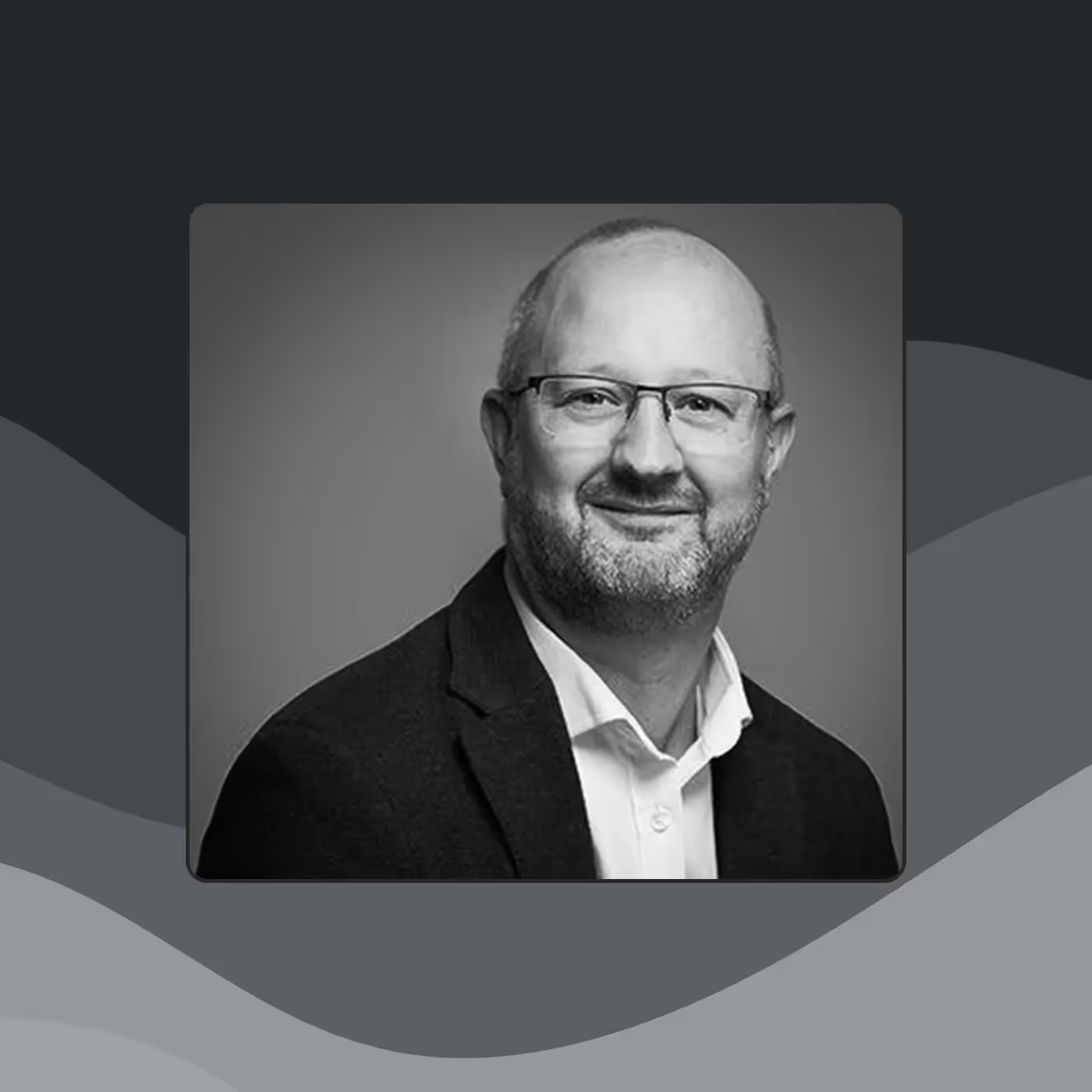
Join host Rick Cheatham in this episode of Fearless Thinkers as he talks with Richard Hargreaves, Managing Director at Corporate Research Forum (CRF), about how HR leaders can build a future-ready workforce in times of uncertainty. They discuss the importance of focusing on critical roles, prioritizing impact, and staying agile amidst disruption. Tune in to hear practical advice on how HR can prepare organizations for the challenges ahead. Listen now!

Most of us want to lead in a way that matters; to lift others up and build something people want to be part of.But too often, we’re socialized (explicitly or not) to lead a certain way: play it safe, stick to what’s proven, and avoid the questions that really need asking.
This podcast is about the people and ideas changing that story. We call them fearless thinkers.
Our guests are boundary-pushers, system challengers, and curious minds who look at today’s challenges and ask, “What if there is a better way?”If that’s the energy you’re looking for, you’ve come to the right place.
Rick: Welcome to Fearless Thinkers. I’m your host, Rick Cheatham. We’ve got a special show for you today. Today we’re really focused on building our community as HR and talent professionals. So we invited Richard Hargreaves, who’s a Managing Director at the Corporate Research Forum, to sit down with us and share some of the latest insights and research they’ve been doing into what top talent organizations are doing in these somewhat chaotic, very uncertain times. So with that, let’s jump in.
Richard, welcome to the show.
Richard: Really good to be here, Rick.
Rick: So I’m curious, what’s been going on in your world?
Richard: Two weeks ago, my eldest son moved out. Which is always a slightly strange experience.
Rick: Oh my gosh. Yeah, those moments are crazy. I’m not far behind you. I’ve got four and the youngest will be going off to university this year.
But I think it’s possibly the perfect lead-in to our conversation today. As we talk about some of the chaos that is in our own lives and those, uh, around us. I think it is interesting to turn our eyes to what’s going on in the world of talent development and how you see some of the smartest people in the space dealing with this chaotic world we live in today.
Richard: I think it’s a great way of describing the world, whether you use the word chaotic or ambiguous or uncertain. There’s no doubt about it. There’s a debate about whether it’s more uncertain now than it used to be, etc.
So, if any of your listeners want to take a look, it’s the IMF Uncertainty Index, which has been looking at how uncertain the world is across industries and geographies over 20, 30 years now. And it’ll be no surprise for you to hear that the spikes of uncertainty are more pronounced, more regular, which is creating far more volatility.
Rick: Those of us who are senior leaders in organizations, part of what we were able to do is trust our judgment. To a certain extent and that trust comes from experience. And this uncertainty that you’re talking about right now makes my experience maybe not quite as useful.
Richard: Yeah. And I think a word you used there, which I think is really important nowadays, is trust. You know, do we trust the source of information where we’re getting our insights from? Do we trust our leaders? Do we trust our politicians? Do we trust our media, etc.? A reference point Edelman, a PR firm, do an annual Trust Barometer to get a sense and some data behind this as well. and I think trust is huge, but unfortunately it’s going in the wrong direction.
Rick: Yeah. So, if we have this environment where the Uncertainty Index is spiking as the Trust Index is falling.
Richard: You’re not suggesting there’s a perfect storm in here, are you?
You know, I, I laugh hard because, it hides my fear and tears, but, uh, let’s call it an incredibly imperfect storm. So, in this imperfect storm how do we begin to build a talent development organization that really prepares our leaders and our entire team to deal with what is coming?
The starting point’s got to be really understanding the context in which you operate. And for company A, that may be different from company B. We did some work recently, looked at the changing demands, and came up with a very simple little infographic or model, which identified six kind of key areas.
Richard: And there’s no surprise in what they are around geopolitical and economic work models, sustainability, evolving technology, and society. And it’s important that you see these as interlinked. These don’t work interdependently of each other; they are connected. For example, I was working with an HR lady from a big global mining business, which, as you’ll know, would historically be a long term defensive stock, their share price can change two or three percent on a weekly basis at the moment based on what’s going on from trade wars and tariffs, etc.. That’s a huge distraction and volatility they’re just not used to. At the other end of the spectrum, there’s a global insurance business that’s investing over a billion dollars on AI and technology and how they can better serve their customer. And then a third very different example, highlights the importance of understanding your context was with the HR director of a intra-government business over in Germany recently. 50 percent of their workforce retire in the next 15 years.
So, when we talk about demographic shifts, huge for them and how do they get that skills and knowledge transfer to the next generation? So, I would urge everybody to think about context cause I think that’s paramount before you even start thinking about solutions.
Rick: I want to go back to that first one with those fluctuation in stock price, when we start thinking about building a talent organization that prepares leaders for that type of volatility, when it’s something we’ve never had, I would love to hear tips that you have for someone who’s experiencing that big of a shift.
Richard: Part of the role of the HR lead is to understand how do we make sure our organization is staying prepared for the future. And planning for the future whilst recognizing that, in the short term, in their situation, the economic conditions are very different from what they would have been 12 months before. So, there’s a natural tension there. And the obvious solution is you want to be building an organization that’s agile and leaders that are comfortable working in ambiguity and at both ends of that spectrum: in the longer-term planning but recognizing that for their workforce and for their employees, you sort of can’t over communicate in situations like this.
Now, when there’s under-communication, you end up with a vacuum, and people tend to fill the vacuum with their own words. And so, I think as leaders and talent leaders and HR leaders, there’s a need to over communicate, to explain to the workforce what’s going on and some of the thinking behind the decision-making.
Rick: I have definitely experienced that with a number of clients and even in my own organization through the years that it’s genetic to think about, “Hey, what’s the worst case scenario here?” And when we aren’t over-communicating as leaders, when things are this volatile and uncertain, that void gets filled with worst-case.
Richard: Absolutely. And then before you know it, you’re fighting on two fronts: the external environment and the internal environment as well.
Rick: Yeah. And most of my personal experience is with go-to-market teams. And one of the things as I’ve worked with clients in the past, where there are significant marketplace shifts happening, is to remind them about their superpowers first. And what are they uniquely great at?
Instead of, “Hey, things are volatile. We need to press the reset button and chase a hundred different solutions cause we’re scared and we’re stressed.” It’s like, “Okay, wait. First, focus on where you have unique value and unique capability out in the marketplace, and then do the side experiments.” Because when all of a sudden people don’t have direction or they start chasing a million different strategies, it’s both confusing for the customer and terrifying for the customer-facing organization. So, at least in my experience that is held true. I’m wondering, from a broader organizational perspective, if you’ve seen or think slightly the same way.
Richard: Yeah. No I, think it’s a great point. And I think I’d maybe sort of emphasize being ruthless on prioritization. I think there’s a danger when you want to try and solve everything, and it’s really hard. And so I think that you become ruthless on from an HR talent leader’s perspective.
You go back to what the organization is trying to achieve. You stay true to aligning your plan with the organizational strategy, and you become focused on delivering against the priority. I heard a great phrase: “Organizations and teams are terrible at stopping things and great at starting things.”
I think sometimes we get wedded to the idea that was conceived, and therefore we need to keep going on it. Someone said to me once, “It’s like socks. When you buy a new pair of socks, you should throw away the old pair of socks.” And we’re not good at that when it comes to ideas and initiatives within organizations. We just kind of have a tendency to keep layering on the new ideas. And then you become distracted and you don’t execute as well. So, my first analogy is about stopping things and starting things.
Rick: I think that that’s a great one because I I can’t tell you how many times i’ve been in situations going through different reporting mechanisms and metrics and say, “You know, help me understand why there’s 30 things on this dashboard.” “Oh, well, we actually only look at these four, but this was here because we had to do specific market share push, or this was there because we were having a retention problem.” “Well, do you have that now?” “No, but it’s still on the dashboard.” Okay, well, then maybe not.
Richard: Killing ideas is hard, but it needs to be done sometimes to create the space in order to do the new.
Rick: Well, and not only the space to do the new, but clarity of direction, I think, cause if you’re measuring me on 30 things, it’s hard for me to know the four that are important. Especially when again, I experience another level of chaos and uncertainty in the work that I do.
Richard: Absolutely. But again, the guiding principle here is take the line or draw inspiration from the organizational strategy and what the organization is trying to achieve. Otherwise, you end up with dangerous and interesting, but actually not value-adding HR and talent initiatives.
Rick: Yeah. I think that’s great. Well, and so help me understand—we’re talking about how HR and talent leaders can help the organization navigate. But the same thing is happening to us. So how am I supposed to help fix the world when I’ve got my own chaos in my own house?
Richard: Again, it’s a great point. I heard a piece of research, one of the worst corporate functions for internal succession building, i.e., someone taking over your role is HR. Finance do it pretty well. IT do it pretty well. HR has a pretty poor record of being able to promote the number two in HR to take the number one job in HR.
Now, in one way, that’s good for my sister business strategy dimensions are an exact search business. However, I don’t think that’s great for the profession. So, I think there’s a focus here on team effectiveness, skills development, and capability building. Are we clear on what are those skills that we as a function need to be, to be future-ready? And believe it or not, it’s not huge, deep talent and HR expertise. It’s business leadership expertise. It’s commercial acumen. It’s being digitally savvy. It’s being agile. It’s being great chain managers and deliverers of change. These are business capabilities, not necessarily pure talent or HR capabilities. We need to get greater breadth in our skillset whilst also having enough depth in the specialist area. So we know what we’re doing.
Rick: Yeah, it’s funny because I do think organizations and even executives outside of HR see and feel that sometimes. So they do things like put a high-potential person in a stretch role in HR so they understand that too. So, you end up with some of the business savvy, but you have none of the expertise, which potentially puts you in an equally bad situation, but just with a different problem.
Richard: Absolutely. So if your strategic goals are around innovation, growth, time to market, increasing revenue per customer, etc., then HR needs to be talking in that language and understanding what it can do to enable the organization to deliver against that.
So again, getting that business understanding is crucial. Likewise, if the organization is going through huge amounts of change and collaboration is top of mind, then the function needs to be thinking that way as well. How can we drive those behaviors to enable that?
Rick: That’s great. So, thinking backwards on our conversation here, what I’m hearing you say if I’m going to build a talent organization that is going to enable my business to be future-ready, that is hyper-relevant to the organization and potentially seen as a enabler of the business versus a cost center in the worst case scenario, I’ve got to first focus on culture and what my company’s unique value is to both our employees and potentially our customers. And once we have that clarity, and we help our organization to develop that clarity, moving or navigating the uncertainty and even the feeling of lack of clarity of truth gets a whole lot easier.
And then the way that I, for lack of a better way to say it, earned the right to lead that charge within my organization is to bring my expertise as an HR leader, equally paired with my understanding of the business.
Richard: I’d say there’s two things maybe to emphasize. One is (and again, an analogy, but I think it works brilliantly in this example) HR spends its time focusing on the organization and forgets about itself in the cobbler’s children type of way. And the best analogy is when you’re on the airplane and you’re taxiing pre-takeoff and they’re going through the safety briefing, and they say, “In case of emergency, put your own mask on first before you help others.” HR could do a little bit of that experience—work on yourselves, build your own leadership capability, think about your team effectiveness, and then you’re well-positioned to support the organization.
And then the second thing I just want to kind of maybe elaborate on is your piece around culture and environment, because I think it’s really important.
I think sometimes we overly focus on trying to build the skills and the capability of the individual, rather than trying to create an environment where the individuals can thrive. It’s not to say you should do one without the other, but I think you’ve got to work on both axes. And you’ve got to make sure the individuals have got the skills, capabilities, development, etc., to do their job.
But then are we working on the environment to make sure it’s innovative and supportive and inclusive and has the right propensity to risk, etc., etc. so good people can get on in the organization? And I think from a lot of the people I speak to, we probably spend a little bit too much time, effort or money in trying to make the individual a little bit better rather than creating an environment where they can excel in the job they’re doing.
Rick: That’s great. Yeah. Well, thanks for that additional clarity. I’ve heard the, uh, airline analogy probably too much as somebody who flies more than the average pilot. But I do think you know in a very well intentioned effort to provide value when these types of moments hit it’s, you know, the HR leaders are not only not putting their masks on first, but they’re dealing with the four rows in front of them.
The four rows behind them, checking in with the flight staff to make sure they have everything that they need to make sure everyone gets off safely. And then they end up you know, exhausted and not being able to breathe, unfortunately.
Richard: I think you’re right. I mean, if we go back to the pandemic, the role perception and value that the talent and HR teams delivered for organizations around the world was just phenomenal. The opportunity for the function now is to build on that and work not only in the moment, but also helping prepare the organizations for the future and obviously whether that’s from an AI technological disruption and therefore what are the skills we’re going to need for the future?
How do we design jobs for the future? Or whether that’s creating environments, whether it’s different work models, etc., etc.. But working on again, I use sort of two axes, but supporting the organization in the now, but planning for the future as well. And I think it’s important that we have to be forward looking and almost kind of future-back.
What state do we want to be in? And then let’s work back from that.
Rick: And I think we’re already getting into a little bit of this, but one of the important things that I’m always curious about is for those that don’t have the span of control to make a wholesale change in their, HR slash talent function. What is your best advice for them right now, as we look towards the kind of future state that we’ve talked about creating?
Richard: So a few things spring to mind. Again, I’m going to use the words context and focus, because I think there’s a lot of things you can do. I think it’s about getting super clear on what are the things you can do that add most value. So, being ruthless on that focus and prioritization. I would think about your connections and visibility to people outside of the HR function? How much time do you spend with the strategy department? How much time do you spend with finance? How much time do you spend with the technology or the AI team, etc., and really understanding what they’re doing and what they’re looking for, because that again will help inform where you can add the most value.
I think there’s something certainly focused from a talent perspective —you know, where can you have greatest impact? So, let’s get really focused on critical roles and value-adding roles. Now, they may be different in the future than they are now, but starting to map out and being quite critical about what is a critical role in your organization.
And again, we get a bit guilty of going, “Well, anyone senior, they must be critical.” Well, really? Okay, let’s really look at this. Another airline analogy to throw at you, Rick, two of the most critical roles in the airline industry is the person who buys the fuel, and the person who looks after the maintenance, repair, and turnaround of the plane. The obvious would be the pilot, but almost the pilot is given as a role. Those are the roles that can really dictate profitability and other things through the course of the year. So, just getting hyper-focused on value-adding and critical roles now and into the future, I think, would be good places to start. And, and probably one other, I’d get super curious about the outside world. You know, experiment with things, try things, whether it’s technology based or not, but super curious and hypersensitive to those weak signals you’re hearing from the outside.
Rick: Those are all great pieces of advice. So, thank you for that. And thank you for joining us today. I always love getting to know people who are truly invested in developing this community. Because, you know, a large part of our conversation today HR and talent are incredibly important functions, but they are functions where we don’t always have the support from peers and the ideas being shared across different businesses or even business units within the larger business sometimes. So, I really appreciate the work that you do and your willingness to spend time with us today.
Richard: It’s been an absolute pleasure, Rick. Thank you for the invitation, and hopefully, we’ll do it again soon sometime.
Rick: I would love nothing more, my friend. Really appreciate you joining.
Richard: Thank you. Take care. Bye now.
Rick: Thanks for joining me today. It’s always a pleasure to bring to you our fearless thinkers. If you’d like to stay up to date, please subscribe. Bios for our guests and links to relevant content are always listed in the show notes. If you’d like to get in touch, please visit us at bts.com. And thanks so much for listening.
Related content
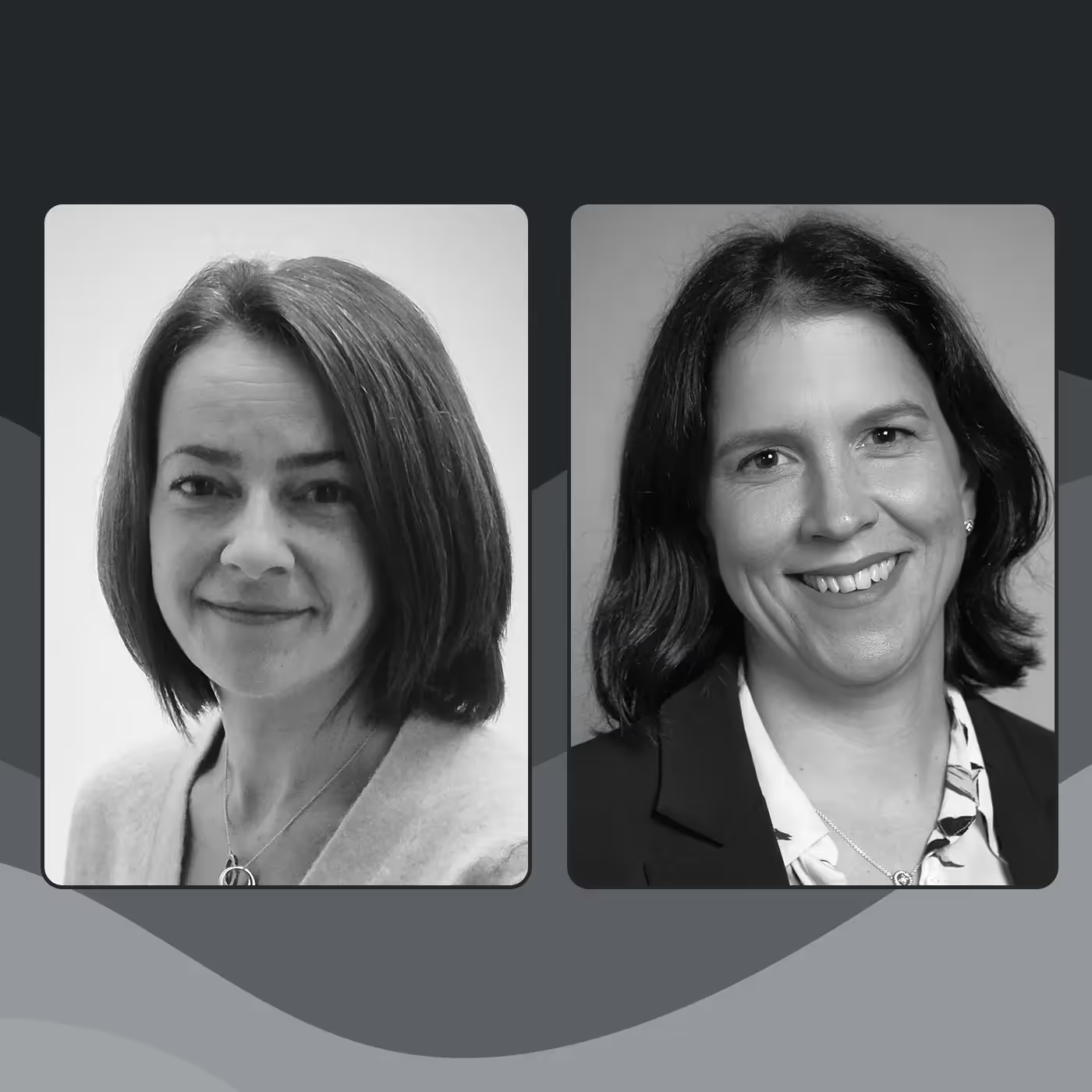
lorem ipsum

lorem ipsum
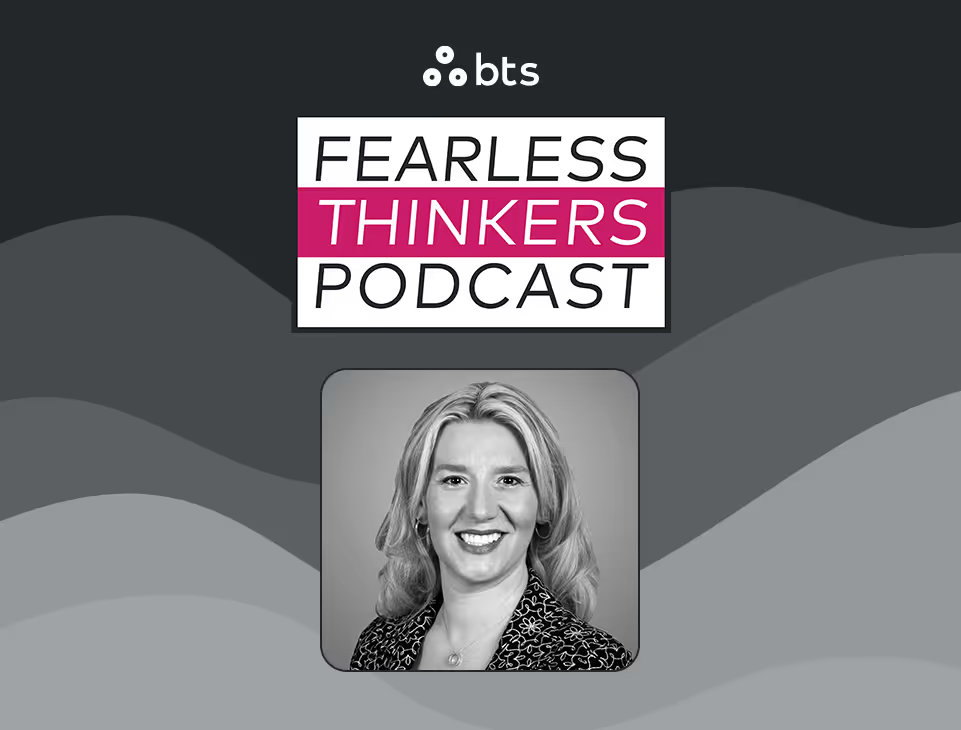
lorem ipsum
Related content

lorem ipsum
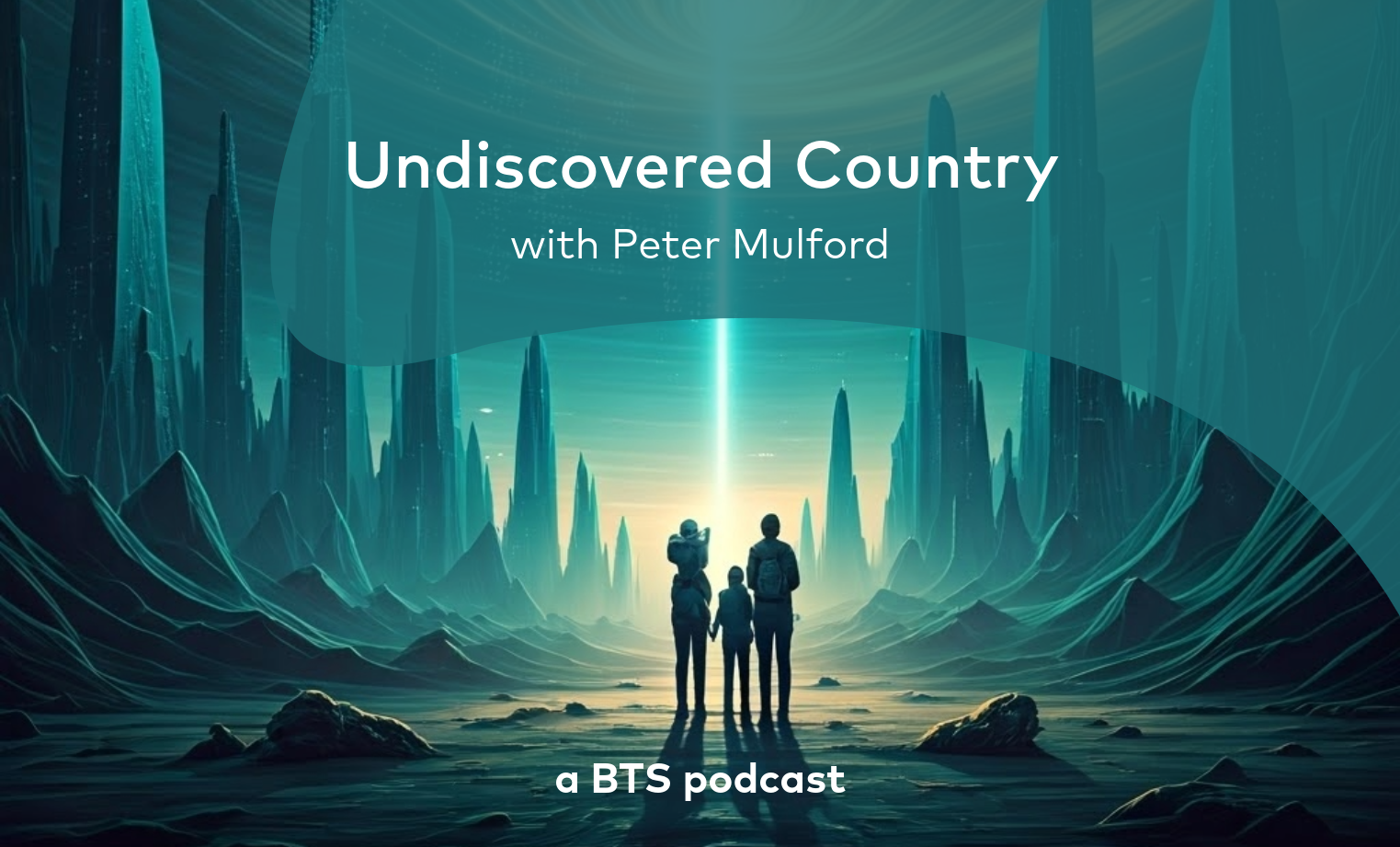
lorem ipsum

lorem ipsum


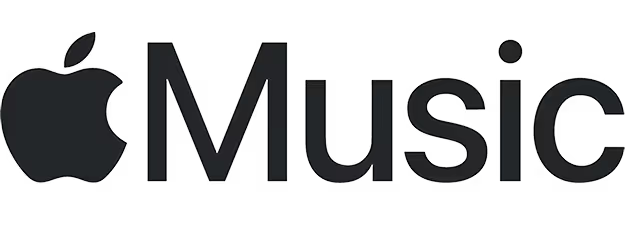

.svg)